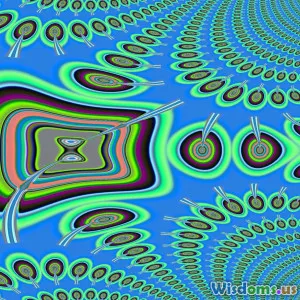
What Science Says About Vivid Visions in Drug Induced Experiences
13 min read Explore scientific insights into vivid visions during drug-induced experiences, including neurological mechanisms, common substances, and research findings on perception and consciousness. (0 Reviews)
Decoding Vivid Visions: What Science Reveals About Drug-Induced Experiences
Vivid visions—those kaleidoscopic displays and stunningly tangible landscapes experienced during drug-induced states—have fascinated, frightened, and inspired humans for centuries. But what does current scientific research actually tell us about the origins, nature, and impact of these mind-altering episodes? Let's explore the science behind these visions, relying on compelling findings, neuroscientific insights, and real-world contexts to separate fact from myth.
Understanding Vivid Visions: Definition and Phenomenology
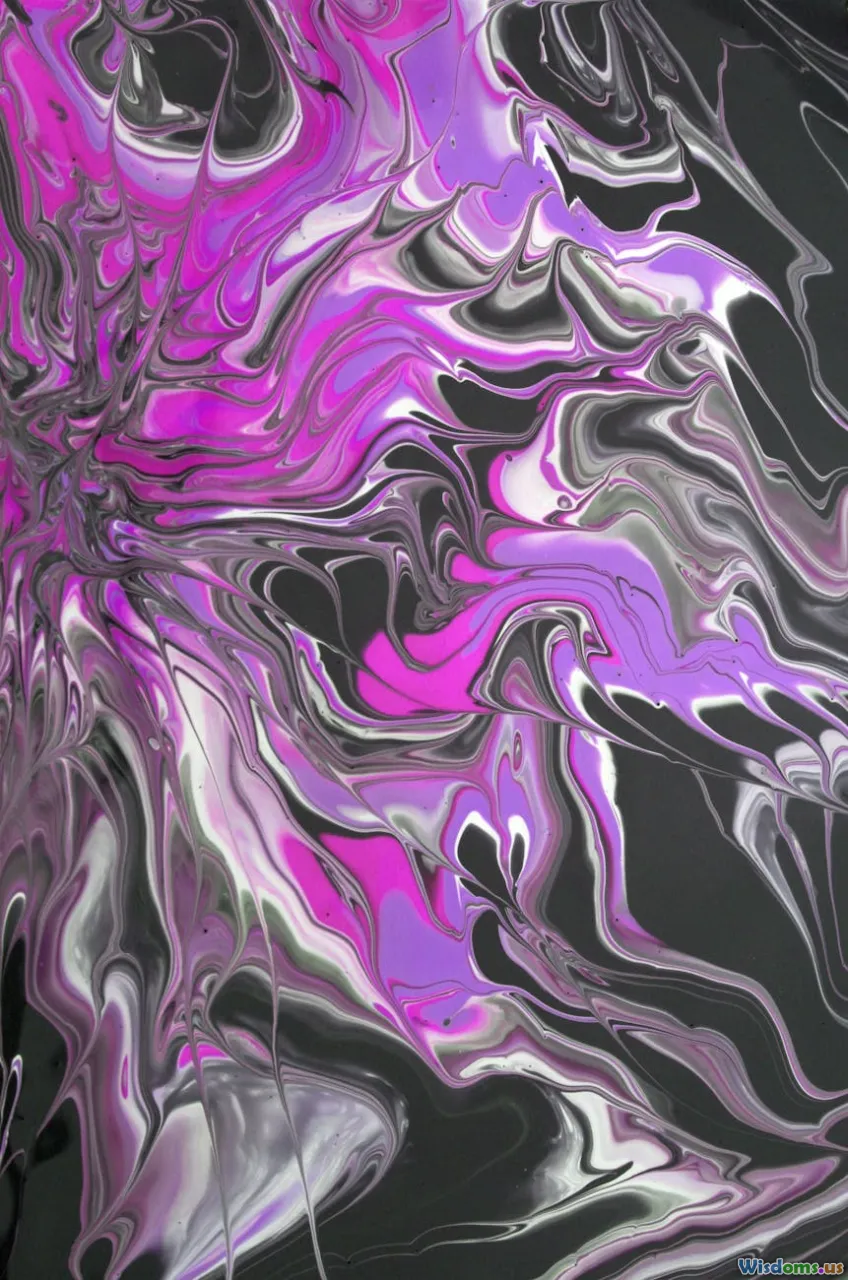
Not all psychedelic visions are created equal. The term "vivid visions" refers specifically to perceptual experiences so intense and richly detailed they sometimes rival, or even exceed, waking reality. Users often describe seeing geometric patterns, vibrant colors, animated figures, or complete alternate worlds—sometimes with a coherence and narrative structure approaching that of dreams.
Chemically, most of these mindscapes are triggered by so-called classic psychedelics—substances such as LSD (lysergic acid diethylamide), psilocybin (the active ingredient in magic mushrooms), DMT (dimethyltryptamine), and mescaline. According to research published in Frontiers in Psychology (2020), more than 70% of psychedelic users report at least one vivid vision during their experiences.
Drawing on survey data from over 50,000 individuals globally, the 2021 Global Drug Survey found that people who ingested higher doses of psychedelics were significantly more likely to report vivid, life-changing visions, particularly those involving elements impossible in everyday perception, such as extra dimensions, memory-persistence across universes, or divine encounters.
"I was transported to a world where time pulsed rather than flowed," shares one study participant, "My vision blended the boundaries of art, math, and memory. I saw music as shimmering fractals."
How the Brain Creates Vivid Visions: Neuroscience Unraveled
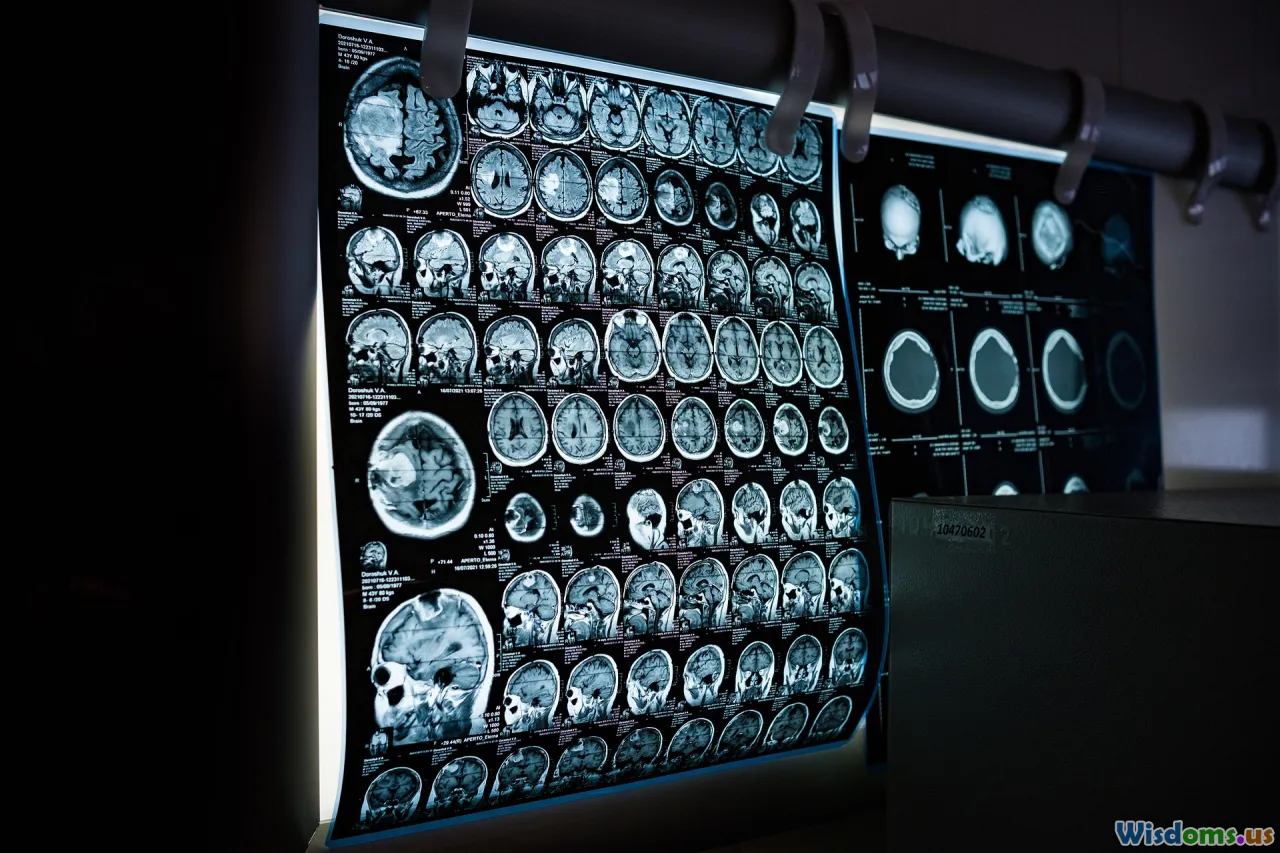
Scientific advances in functional magnetic resonance imaging (fMRI) have allowed researchers to watch the brain in action during psychedelic experiences. Surprisingly, vivid visions are not rooted in any singular "vision center" but appear to arise from a hyper-connected brain network.
One landmark 2014 study by Imperial College London used fMRI scans on volunteers given psilocybin. Their brains showed a dramatic increase in global connectivity, breaking down the hierarchical top-down limits usually enforced by the default mode network (DMN). The result? Sensory and emotional regions intertwined, enabling shapes, colors, emotions, and memories to blend into breathtaking visionary episodes.
Further, DMT studies (such as the 2019 trial led by Dr. Chris Timmermann) indicated that activity in the visual cortex increased drastically, rivaling levels seen when people view actual external stimuli. Remarkably, participants could recall highly intricate visions weeks later, supporting the idea that psychedelic visions are both deeply detailed and emotionally powerful.
Chemicals That Generate Visions: A Comparative View
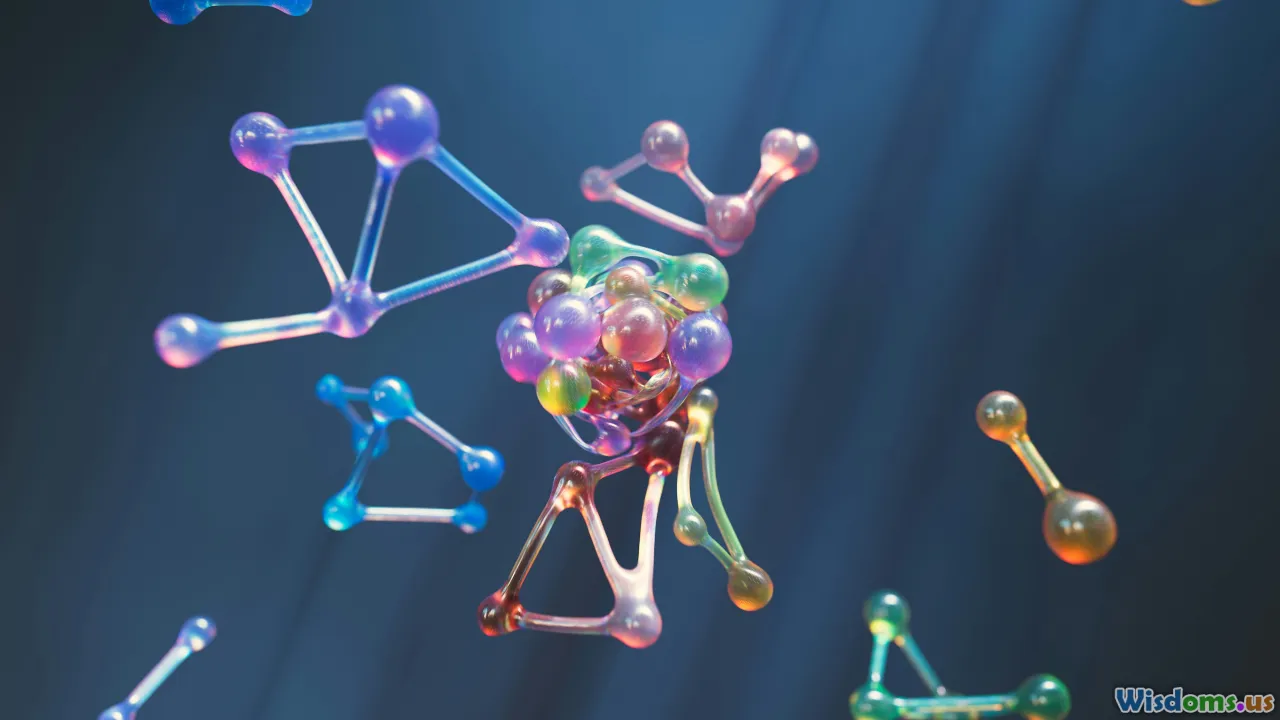
Not all mind-altering substances elicit the same visionary effects. Here’s how the main classes compare:
- Classic Psychedelics (LSD, psilocybin, DMT, mescaline): These primarily act on serotonin 2A receptors. Users report the most complex, colorful, and immersive visions. For example, DMT-induced “breakthrough” states often feature convincing encounters with sentient beings or alternative realities.
- Dissociatives (ketamine, PCP, DXM): Mainly antagonize NMDA receptors, causing detachment and “out-of-body” experiences rather than detailed visions. Visual changes do occur, but less vivid and structured than classic psychedelics.
- Deliriants (datura, diphenhydramine): Create confusing, often nightmarish hallucinations that can feel extremely real but lack the aesthetic beauty or coherence of classic psychedelic-induced visions.
- Cannabinoids (THC): Moderate doses rarely trigger full-blown vivid visions but high doses, particularly of synthetic variants, have sometimes been linked to closed-eye visions, dreamlike scenes, or looping playback of past memories.
A meta-analysis in Neuropsychopharmacology (2018) concluded that serotonin 2A receptor agonists are uniquely capable of generating immersive, highly structured visions. This broad comparison, supported by both self-reports and laboratory observation, emphasizes the unique effects and potential applications of various substances.
Historical and Cross-Cultural Contexts: Ancient Ritual to Modern Therapy
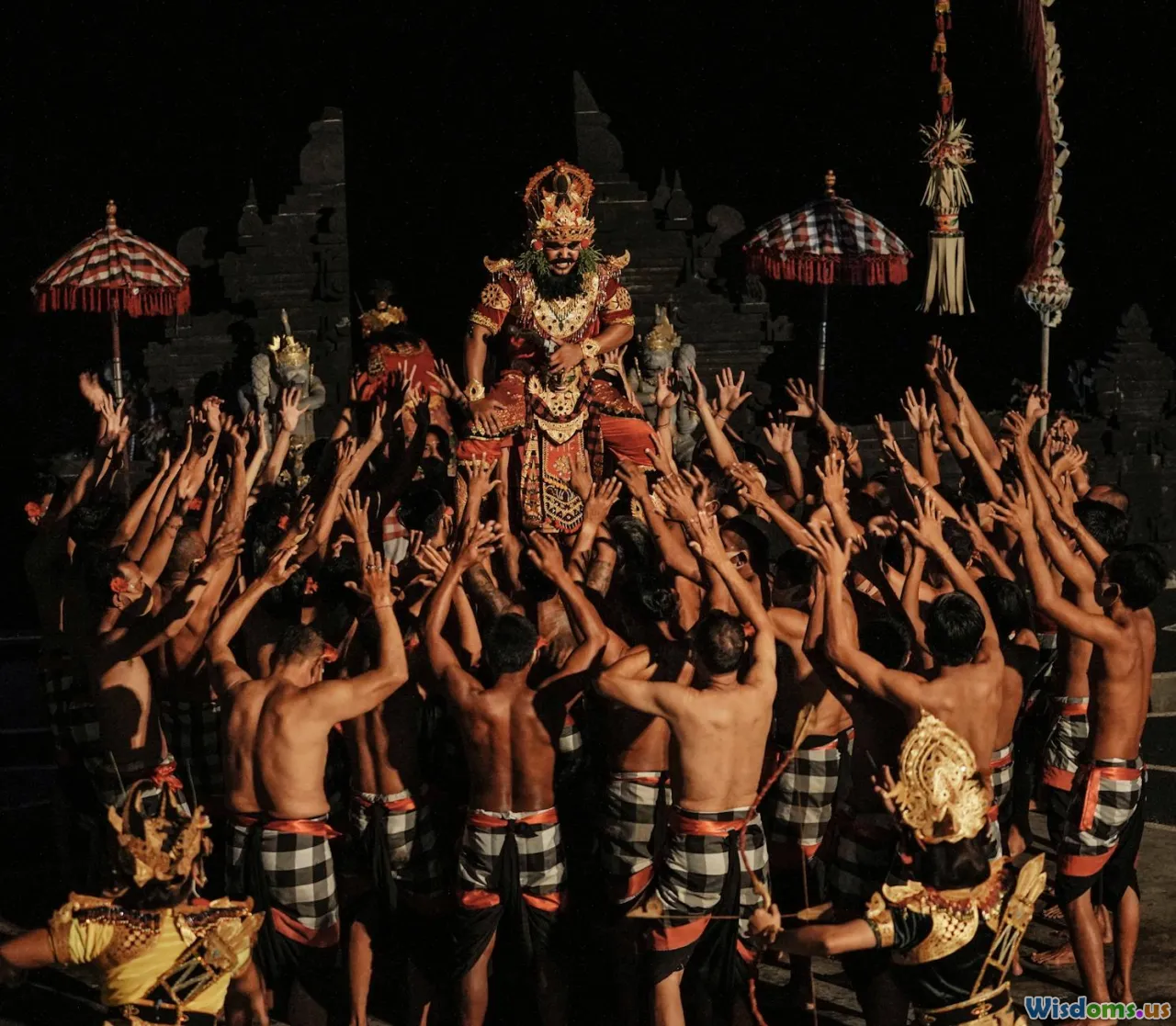
Far from a modern phenomenon, vivid drug-induced visions play central roles in countless cultures. Indigenous groups, such as the Shipibo people of Peru or the Huichol of Mexico, have used plant psychedelics (ayahuasca and peyote, respectively) in sacred ceremonies for centuries, considering the visions as journeys to spiritual realms or communications with ancestors and deities.
For instance, Shipibo shamans describe their ayahuasca visions as blueprints for healing songs and artworks. Similarly, ancient Greek texts reference the Eleusinian Mysteries, secretive rites where participants consumed a probable psychedelic brew (kykeon) and recounted transformative visions that shaped their philosophies and later worldviews.
Modern-day therapeutic settings are exploring the healing potential of these visions. Johns Hopkins and other research groups now guide volunteers through psychedelic sessions, aiming to treat depression, PTSD, and end-of-life anxiety. Many patients report therapeutic breakthroughs accompanied by visionary epiphanies—mystical scenes or personal symbols that help process traumas or fears.
The Psychology of Vivid Visions: Meaning, Memory, and Mysticism

Why do people so often describe these visions as deeply meaningful—or life-changing? The answer may lie in how the brain processes and evaluates emotionally salient stimuli.
A 2022 study in JAMA Psychiatry found that participants who felt their visions had a coherent narrative or spiritual significance were far more likely to report lasting improvements in mood and perspective weeks or even months later. In other words, it’s not just the vision content, but its perceived meaning, that counts.
Concepts like the "mystical experience scale"—widely used in clinical trials—capture core elements such as unity, transcendence of time/space, and ineffability. Interestingly, visions scored as highly mystical were often associated with more significant therapeutic benefit. This may explain the ancient reverence for these experiences as routes to wisdom or healing.
Memory studies reveal something remarkable: Unlike dreams, which quickly fade, details of psychedelic visions can persist for years, possibly due to their emotional intensity and neurochemical imprint. For example, a participant from the Johns Hopkins psilocybin therapy trial could sketch precise details of a cathedral-like vision years after her session, interpreting it as a metaphor for resilience.
Risks, Challenges, and Ethical Frontiers
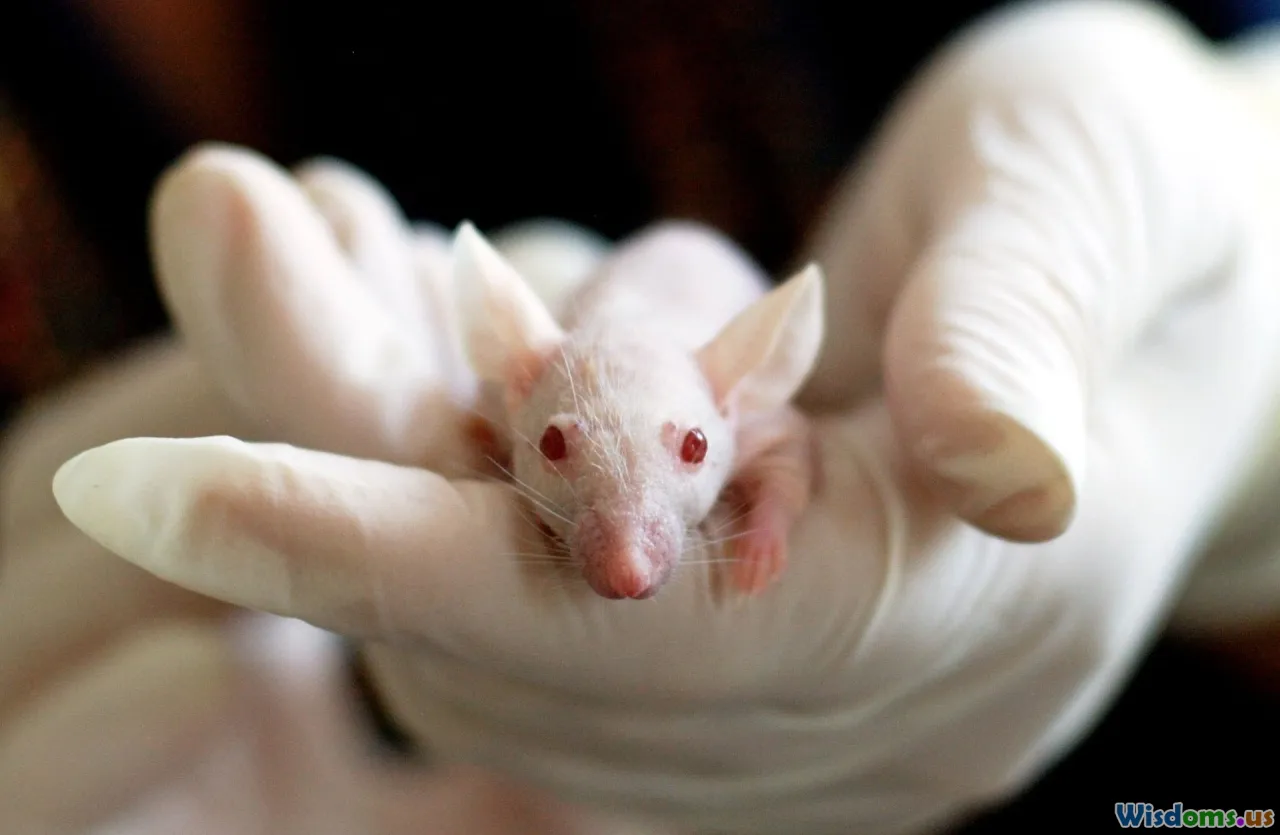
While much of psychedelic vision research highlights the awe-inspiring or therapeutic aspects, risks remain. Visions can sometimes become deeply disturbing, leading to so-called “bad trips,” acute anxiety, or persistent psychological distress.
Cases of hallucinogen persisting perception disorder (HPPD) involve intrusive, unwanted visual distortions even long after the substance has left the body. While rare (estimated to affect less than 1% of users), these experiences are a sobering reminder of individual variability and the need for safe, supportive environments.
Ethically, the export of indigenous visionary practices to Western clinical contexts raises questions about cultural appropriation and respect for sacred traditions. Researchers strive to ensure that scientific progress does not erode the context—and the communal rituals—integral to traditional uses. Meanwhile, regulatory bodies set guidelines to ensure that clinical research is rigorous, informed, and consent-based.
Harnessing the Power of Vivid Visions: Actionable Insights and Responsible Practice

Curiosity about vivid visions is increasing—not just among recreational users, but also therapists, artists, and seekers of personal growth. Here are some evidence-backed tips for those contemplating or researching these experiences:
- Set and Setting Matter: Studies consistently show that a safe, supportive environment can influence both the intensity and positive outcome of visionary experiences. Preparation, mindset, and controlled environments are crucial; Johns Hopkins’ clinical protocols include intention-setting and professional guidance.
- Integration is Key: After the experience, reflection—whether through journaling, therapy, or group discussion—helps individuals process the insights or imagery. Integration practices are now standard in most clinical trials and recommended even for personal exploration.
- Awareness of Mental Health: Those with personal or family histories of serious mental illness (e.g., psychosis, schizophrenia) are advised to be cautious or abstain, as vivid visions may trigger underlying conditions.
- Start Low, Go Slow: Dosage profoundly affects the intensity and character of visions. The Global Drug Survey suggests that first-time explorers begin with lower doses to assess sensitivity.
- Respect Indigenous Knowledge: If participating in rituals or ceremonies, choose ethically responsible guides and honor authentic practices, ensuring contributions to indigenous communities.
Vivid visions—once dismissed as mere illusions—are now at the frontier of neuroscience, therapy, and personal discovery. Modern science has begun to unravel their biological origins and psychological significance while reaffirming their ancient roots in the human quest for meaning. Approached with respect, curiosity, and care, they offer rare insight not just into the mind, but into the soulful reaches of human experience.
Rate the Post
User Reviews
Popular Posts
















